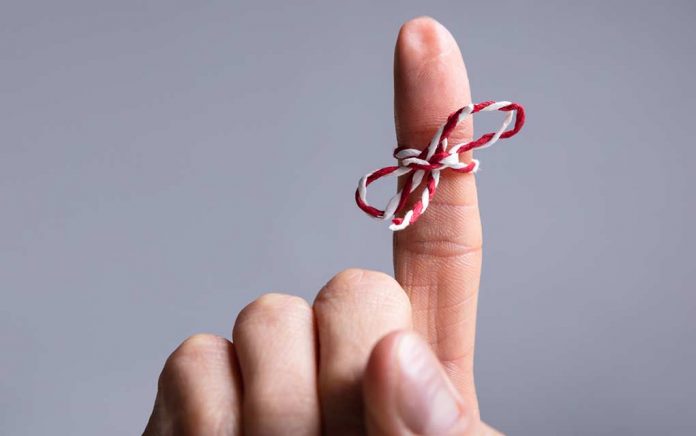
Mnemonic devices are memorization techniques that help the brain learn, retain and recall information. In addition to simple mnemonics, such as acronyms and rhymes, there are other devices, or systems, that can help people learn and recall complex information. You probably already use mnemonic devices to recall information and don’t even realize it!
Mnemonic devices are great for learning, storing and recalling information. Some of the most popular techniques include acronyms, rhymes, imagery and organization. Mnemonic devices range from simple to complex and can be customized to suit the type of information you wish to retain. Learn more about these amazing memory-boosting tricks below!
Discover Four Ways to Improve Your Memory Below!
Acronyms
Acronym mnemonics are created by taking the first letter of each word of the phrase you want to memorize to create an acronym.
One of the most well-known mnemonics is the acronym Roy G. Biv, which helps people remember the colors and order of the colors of the rainbow:
- Red
- Orange
- Yellow
- Green
- Blue
- Indigo
- Violet
Another great one is HOMES. It helps you remember the great lakes:
- Huron
- Ontario
- Michigan
- Erie
- Superior.
Acronyms can be used to remember random or fun trivia-type knowledge, but they may also be used to help people remember important information. For example, the National Stroke Association created an acronym, FAST, to help people remember the symptoms of a stroke:
- Face drooping
- Arm weakness
- Speech issues
- Time, which refers to the need to act quickly.
Rhymes
Created with catchy rhymes or song lyrics, rhyme mnemonics are among the first learning tools introduced to children. Nursery rhymes, for example, are taught to children to aid in memory-building. And, since they’re so much fun, they work very well.
One of the most popular rhyme mnemonics that you might remember from elementary school is “In 1492, Columbus sailed the ocean blue.” Another example is “‘I’ before ‘E’, except after ‘C’.”
Imagery
Imagery mnemonics are very helpful with remembering certain types of information, such as names, locations and other bits of small information. Here’s how it works. Let’s say, for instance, you’re trying to remember names at a party. If you associate someone’s name with an image, you’re more likely to remember it. For example, when trying to remember the name Brock, might create the image of a big rock in your mind and link it with that person. Imagery mnemonics are so effective that they have been used to help people with brain injuries improve their memory.
Organization
Organization, also known as chunking, is ideal for remembering large amounts of information or complex information. It involves categorizing large pieces of information down into smaller, organized pieces of information that are better memorized. Placing questions and answers on notecards to study for an exam is one example of organizational mnemonics.
If you have a lot of information to learn or simply wish to boost your memory function, mnemonic devices can help. Play around with different techniques until you find the ones that work best for you.
~Here’s to Your Healthy Ascension!
Copyright 2019, AscendHealthy.com













